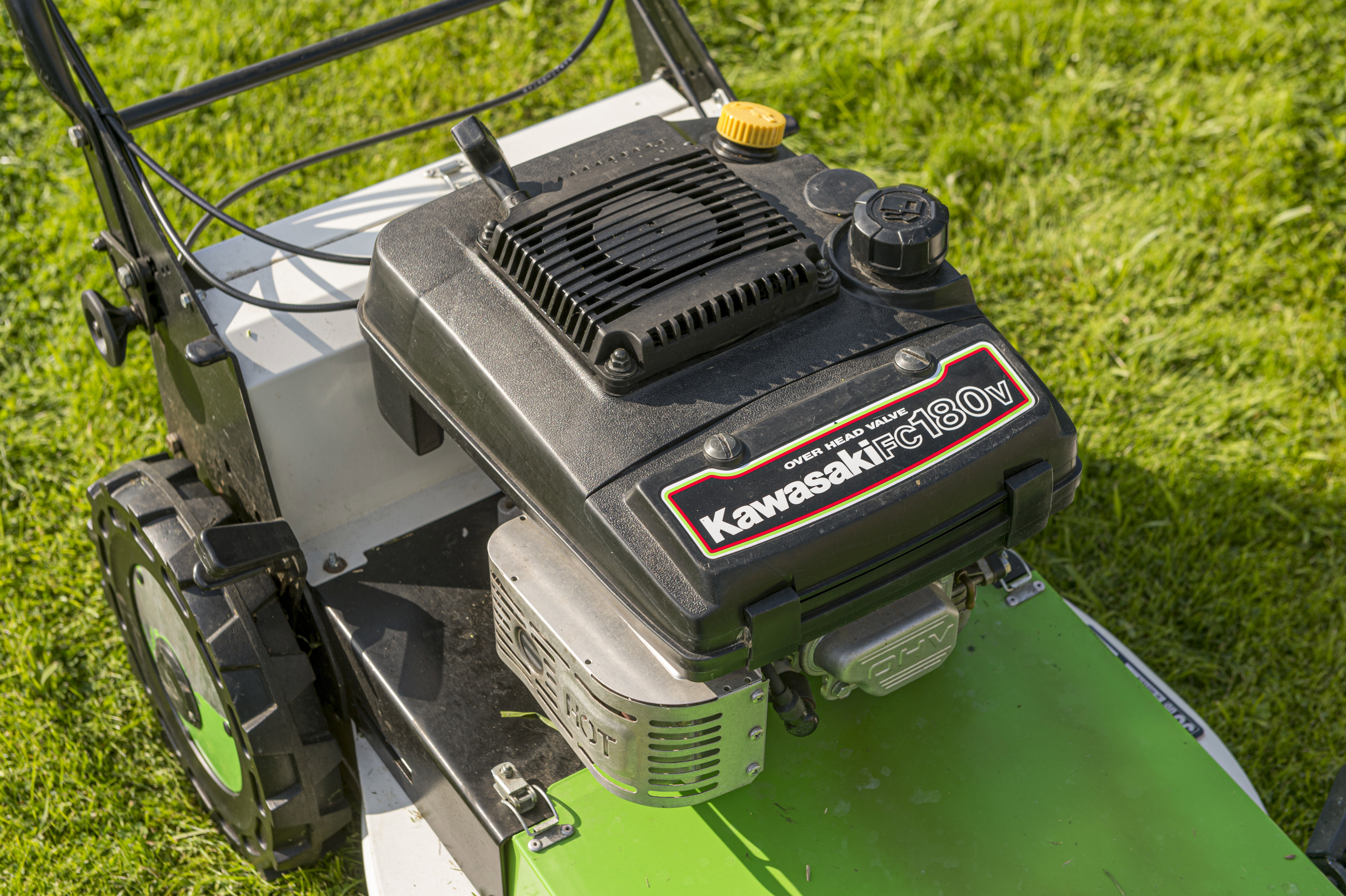Imagine you’re cruising down the open road, the wind in your hair, and the steady hum of a Kawasaki engine beneath you. It’s a feeling of freedom and power, isn’t it?
But as you enjoy the ride, a question might pop into your mind: how long will this trusty engine last? Understanding the longevity of your Kawasaki engine isn’t just about knowing when it might need a check-up; it’s about ensuring your adventures continue smoothly without unexpected interruptions.
This knowledge empowers you to plan, maintain, and maximize your riding experience. You deserve to feel confident about your engine’s lifespan, and we’ll delve into the factors that influence how many hours a Kawasaki engine can last. Get ready to unlock the secrets to extending your engine’s life and enjoy peace of mind on every ride!
Quick Navigation
Factors Affecting Engine Lifespan
Regular maintenance is key for engine health. Change the oil often. Keep the air filter clean. Check the spark plugs. A well-maintained engine lasts longer. Neglect can lead to problems. Fix small issues quickly. This prevents big repairs later.
Operating conditions matter a lot. Engines in dusty areas wear out fast. High temperatures can affect engine parts. Cold weather may thicken oil. Proper shelter helps. Protect the engine from harsh weather. Keep it cool and dry.
How you use the engine affects its life. Heavy loads strain the engine. Frequent stops and starts are hard on it. Regular use is better than long idle times. Use the engine as recommended. Follow the guidelines for best results.

Credit: www.facebook.com
Typical Lifespan Expectations
Kawasaki engines used at home can last for many years. They often run for 500 to 1000 hours. Regular care is important. Clean the engine parts. Change the oil on time. This helps the engine live longer. Use the engine the right way. Don’t overload it. It will stay in good condition. Simple tips can add years to its life.
In commercial settings, Kawasaki engines face tougher tasks. They often last for 1000 to 3000 hours. Frequent use wears them down faster. Proper maintenance is key. Check the oil regularly. Clean parts often. Keep the engine cool. Heavy work requires more care. This keeps the engine running well. Following these steps extends its lifespan.
Maintenance Tips For Longevity
Oil keeps the engine parts moving smoothly. Change oil every 50 hours. It helps the engine last longer. Use the right oil type for your engine. Check the oil level often.
The air filter keeps dirt out of the engine. Replace it every 100 hours. A clean filter helps the engine breathe better. Check it more in dusty areas. A clogged filter can hurt the engine.
Use clean fuel to protect the engine. Check fuel lines for cracks. Replace bad fuel lines quickly. Clean the fuel filter often. Good fuel keeps the engine strong.

Credit: www.kawasaki-engines.eu
Signs Of Engine Wear
Engines might start making strange soundswearing out. Bolts could be loose. Bearings might be failing. Regular checks can help find the problem early. It is wise to get it looked at soon.
Engines might lose power over time. You might notice the engine is not as strongas before. This can mean the engine is struggling. Fuel might not be burning well. Old spark plugs can cause this. Sometimes, air filters are dirty. Check these parts often.
Smoke from the exhaust can be a signof trouble. Blue smoke might mean oil is burning. Black smoke can mean fuel is burning poorly. White smoke might mean coolant is leaking. Each color tells a story. Checking and fixing leaks can help. Keep an eye on the smoke.
When To Consider Replacement
The cost of repairs can add up quickly. Sometimes, fixing an engine costs more than a new one. Frequent repairs mean your engine is old. It’s time to think about a replacement. A new engine might save you money in the long run. Always check repair costs versus a new engine price. It helps in making a smart choice.
New technology in engines can improve performance. Old engines miss out on these benefits. They might use more fuel or be less efficient. New engines have better features. They are often quieter and smoother. Keeping up with technology ensures you get the best performance. Think about replacing the engine to enjoy these advancements.
When an engine’s performance declines, it’s noticeable. It might start slowly or make strange sounds. It could lose power when you need it most. Poor performance can be frustrating. A new engine brings back the power and reliability. A smooth-running engine is key for any work or fun activity.

Credit: www.ebay.com
Choosing The Right Kawasaki Engine
Choosing the right engine is very important. Each task needs a special engine. Some engines are good for lawn mowers. Others work best for big machines. Always check the engine size and power. This helps in getting the best performance.
Many Kawasaki models are available. Each model has unique features. Compare the fuel efficiency and noise levels. Some models are quieter than others. Look for models with less maintenance needs. These engines last longer.
Kawasaki offers good warranty plans. Check how long the warranty lasts. Good support helps if there is a problem. Some engines have longer support. Always read the warranty details carefully. This ensures you know what is covered.
Conclusion
A Kawasaki engine offers solid performance and durability. It can last many hours with proper care. Regular maintenance extends its lifespan significantly. Changing oil and filters keeps it running smoothly. Checking spark plugs and belts is important too. Always operate within recommended limits.
This prevents unnecessary wear and tear. Listening to your engine helps identify issues early. Address problems promptly to avoid costly repairs. With consistent upkeep, you enjoy reliable service for years. Investing time in maintenance rewards you with long-lasting efficiency. Keep it simple, and your Kawasaki engine will serve well.